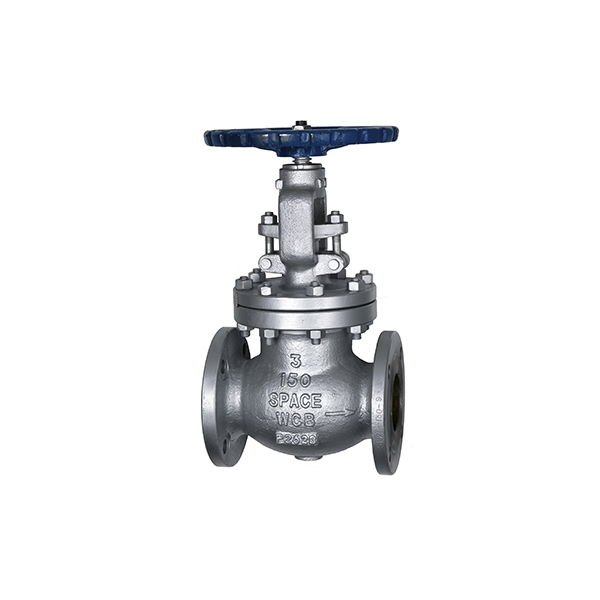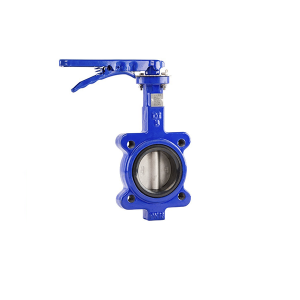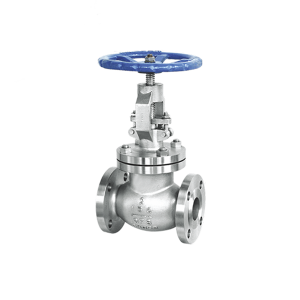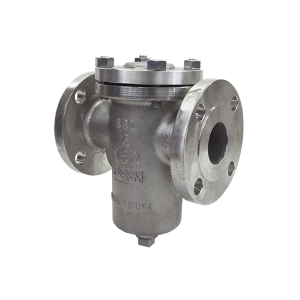A globe valve is primarily designed to stop, start and regulate flow. It is comprised of a movable disk-type element and a stationary ring seat in a generally spherical body. The seat of a globe valve is in the middle of and parallel to the pipe, and the opening in the seat is closed off with a disk or plug. Globe valves can be structured to handle flow in either direction.
The most common application of the globe valve is a standard water faucet. When the handle is turned, a disc is lowered or raised. When the disc is fully lowered, the water supply is shut off. When the disc is fully raised, the water flow is at its maximum rate. In large industrial applications, a globe valve may be sealed using an electrical, pneumatic, or hydraulic actuator instead of a manual handle.
The baffle inside a globe valve causes the product to divert its direction to move through the baffle. This angled movement means that the product cannot flow as freely and causes a pressure drop after the valve. Globe valves are generally unsuitable for slurries or thicker substances that can be impeded by the baffle.
Due to its pressure susceptibility and corrosion potentiality, to avert premature failure and to assure satisfactory service, one should consider:
– Range of flow control
– Pressure drop
– Intended duty
Typical applications of globe valves include:
– Cooling water systems where flow needs to be regulated
– Fuel oil systems where flow is regulated and watertightness is of importance
– High-point vents and low-point drains when watertightness and safety are major considerations
– Feedwater, chemical feed, condenser air extraction and extraction drain systems
– Boiler vents and drains, main steam vents and drains, and heater drains
– Turbine seals and drains
– Turbine lube oil system







